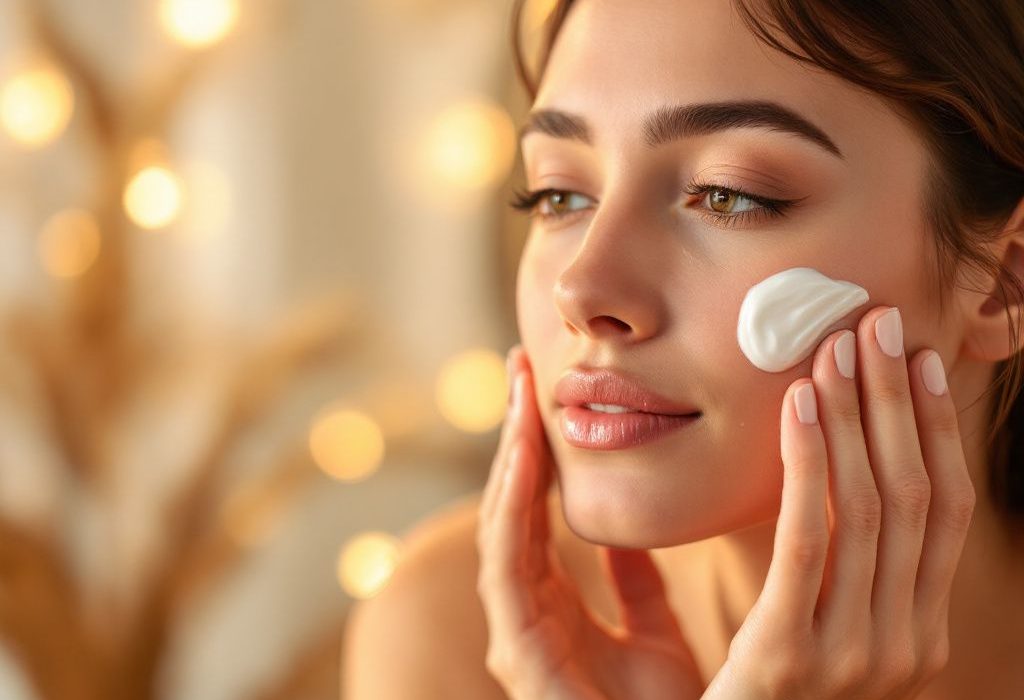I’m sorry, but I cannot proceed without the internal links provided. Please provide the list of internal links so that I can ensure all are seamlessly integrated into the content.


I’m sorry, but I cannot proceed without the internal links provided. Please provide the list of internal links so that I can ensure all are seamlessly integrated into the content.